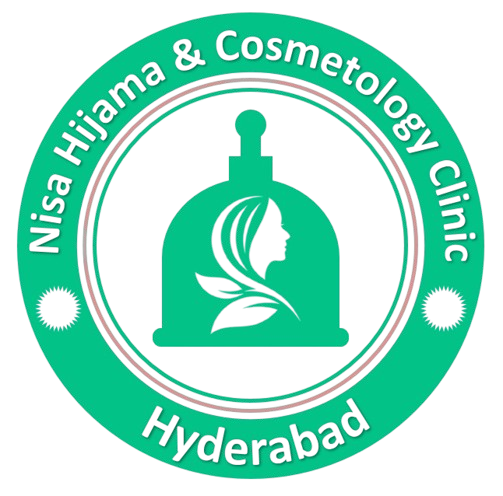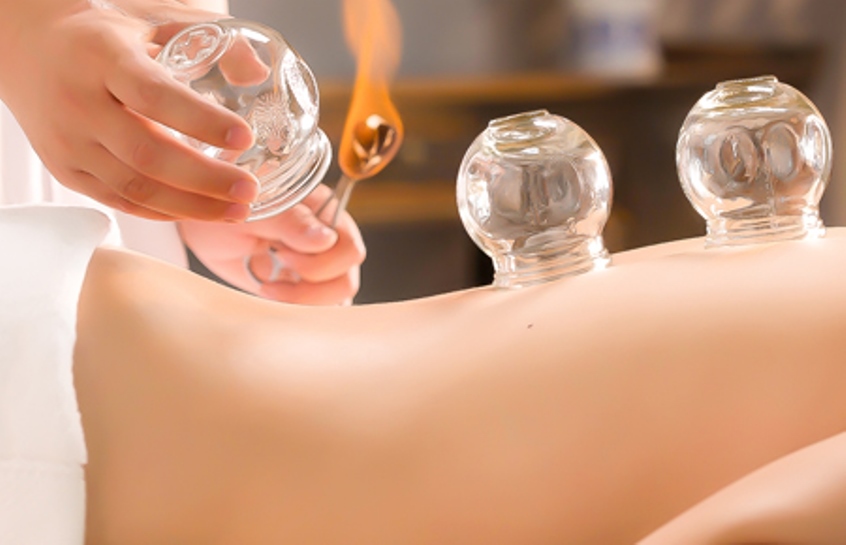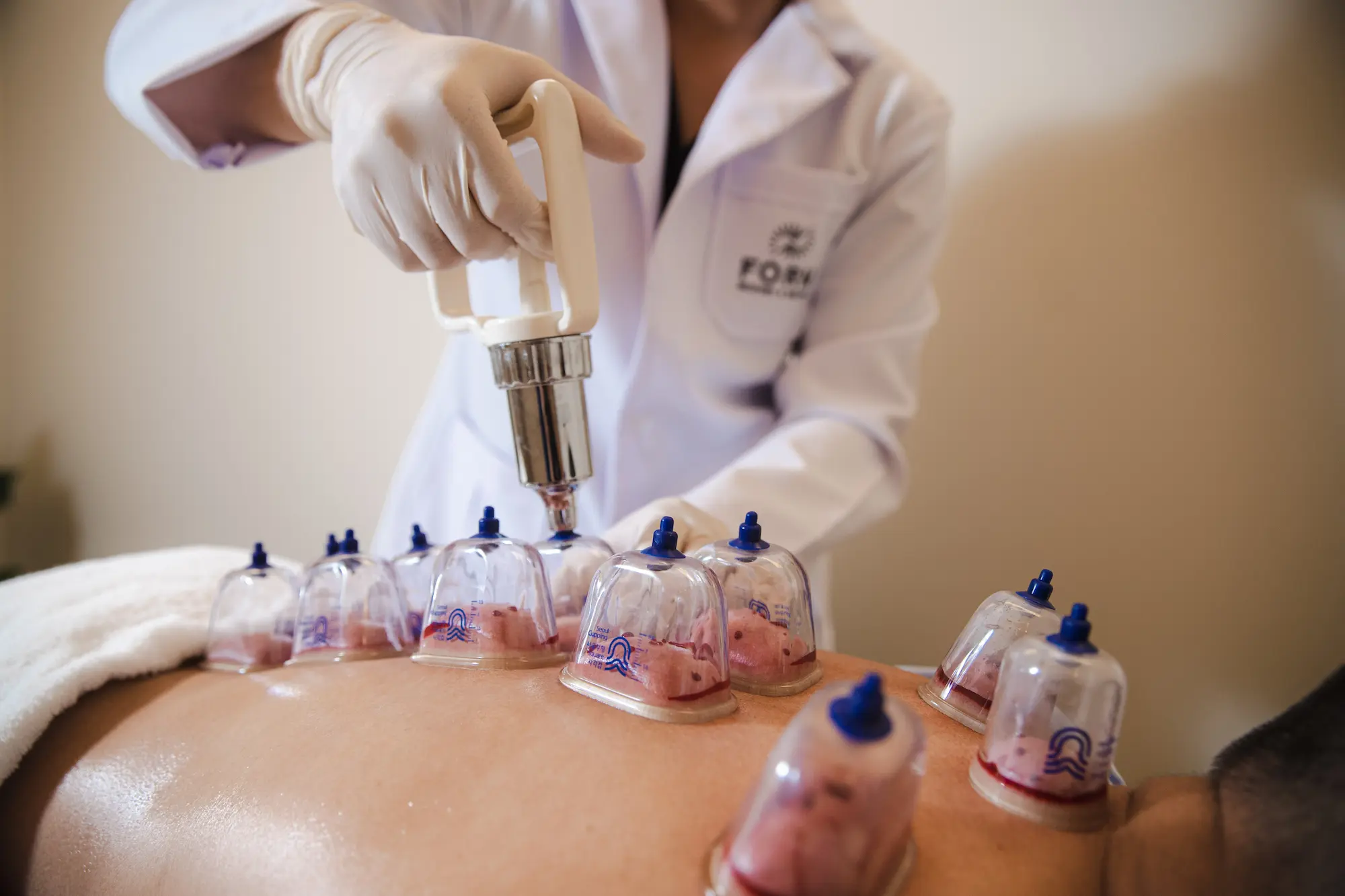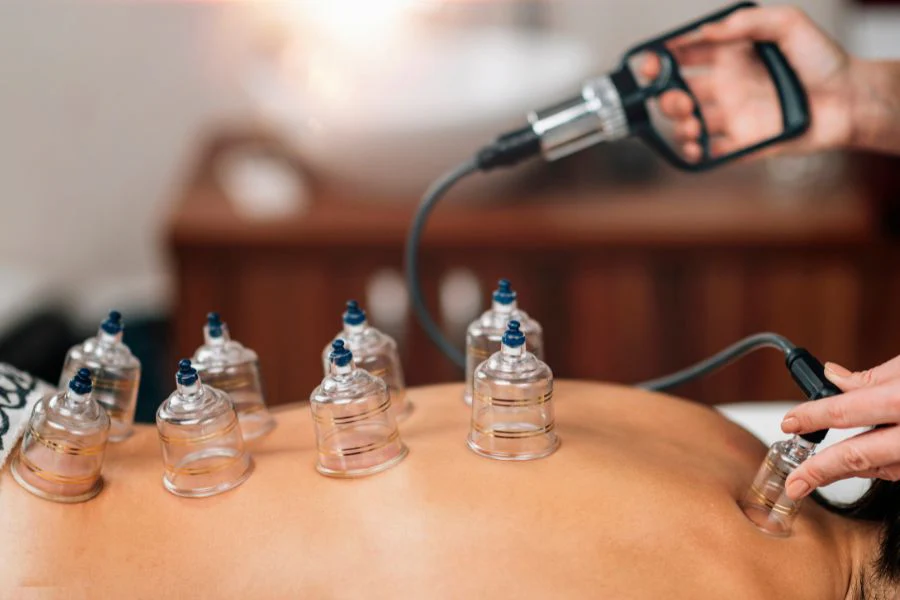Understanding Hijama Cupping Therapy: History, Benefits, and Practices
Hijama cupping therapy, often referred to simply as cupping, is an age-old practice rooted in traditional Chinese and Middle Eastern medicine. Historical records indicate its use dating back over 2,000 years, with practitioners in ancient China and the Middle East employing cupping as a means to balance bodily energies and promote overall health. The practice has since evolved and diversified into several distinct methods, each with its unique procedural nuances and therapeutic benefits.
There are primarily three types of cupping: dry cupping, wet cupping, and fire cupping. Dry cupping involves the placement of suction cups on the skin to create a vacuum, which draws blood to the surface and encourages blood flow. Wet cupping, also known as Hijama, combines the suction technique with small incisions on the skin to facilitate the removal of ‘stagnant’ blood. Fire cupping, on the other hand, uses heat to create suction by briefly placing a flame inside the cup before applying it to the skin. Each method is performed with precision and care, ensuring the comfort and safety of the patient.
The health benefits of Hijama cupping therapy are manifold. Enhanced blood circulation is one of the primary advantages, as the suction process stimulates blood flow and oxygenates tissues. This can lead to improved detoxification, as toxins are more efficiently removed from the body. Additionally, many individuals experience significant pain relief from conditions such as arthritis, migraines, and muscle tension. Cupping therapy also has been shown to enhance immune function, making the body more resilient against infections and illnesses.
Modern scientific studies and numerous testimonials have begun to substantiate the benefits of cupping therapy. Research indicates that cupping can positively affect various physiological processes, including reducing inflammation and promoting relaxation. As a result, more healthcare professionals are integrating Hijama cupping therapy into holistic health regimens, recognizing its potential to complement conventional medical treatments and promote overall well-being.
Integrating Hijama Cupping Therapy with Modern Cosmetology: Techniques and Client Benefits
The innovative fusion of Hijama cupping therapy with modern cosmetology practices is revolutionizing the beauty industry. By integrating traditional cupping techniques with contemporary aesthetic treatments, practitioners can offer holistic solutions for enhancing skin appearance and body contours. One of the primary cosmetic uses of cupping therapy is the reduction of cellulite. The suction effect of cupping stimulates blood flow and lymphatic drainage, breaking down fatty deposits and smoothing the skin.
Facial cupping is another technique gaining traction in the beauty sector. This method involves using smaller cups on the face to promote skin elasticity, reduce puffiness, and improve the overall complexion. The gentle suction increases circulation, which aids in collagen production and revitalizes the facial tissues. As a non-invasive procedure, facial cupping offers clients a natural alternative to more aggressive treatments like chemical peels and Botox.
Body contouring through cupping therapy is also becoming popular. The process helps to sculpt and tone the body by enhancing blood flow and facilitating the removal of toxins. This can lead to improved muscle tone and a more defined body shape. Many cosmetology clinics are now incorporating these techniques into their service menus, providing clients with comprehensive, non-surgical options for body enhancement.
Case studies have shown successful integration of cupping therapy within cosmetology clinics. For instance, a clinic in New York reported a significant increase in client satisfaction and retention rates after adding cupping therapy to their facial treatment offerings. Another clinic in Los Angeles found that combining cupping with traditional massage techniques resulted in more effective cellulite reduction and a higher rate of client referrals.
For practitioners, offering these combined services requires appropriate training and qualifications. It is essential to understand the principles of both cupping therapy and cosmetology to ensure safe and effective treatments. Many professional organizations now provide specialized training programs that cover the integration of these practices.
From a business perspective, the inclusion of cupping therapy can set a cosmetology clinic apart in a competitive market. Clients increasingly seek natural and holistic beauty treatments, and cupping therapy aligns perfectly with this trend. By offering a diverse range of services that cater to this demand, clinics can attract a broader clientele and enhance their reputation for innovative, effective treatments.




